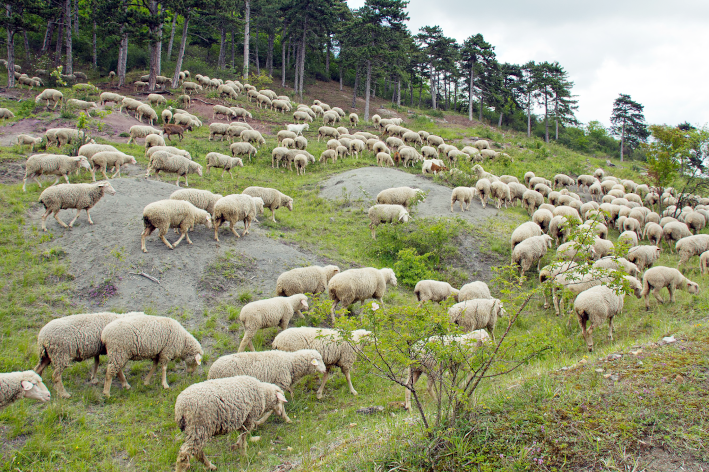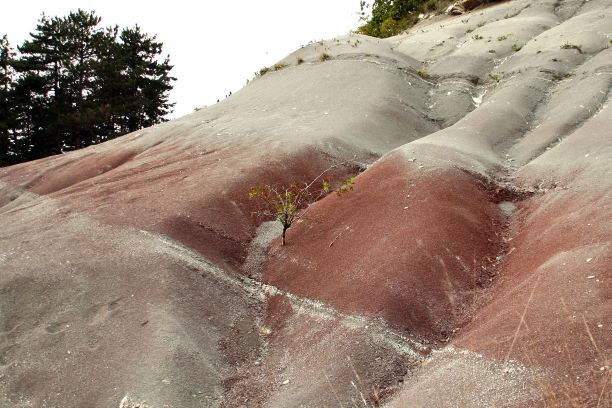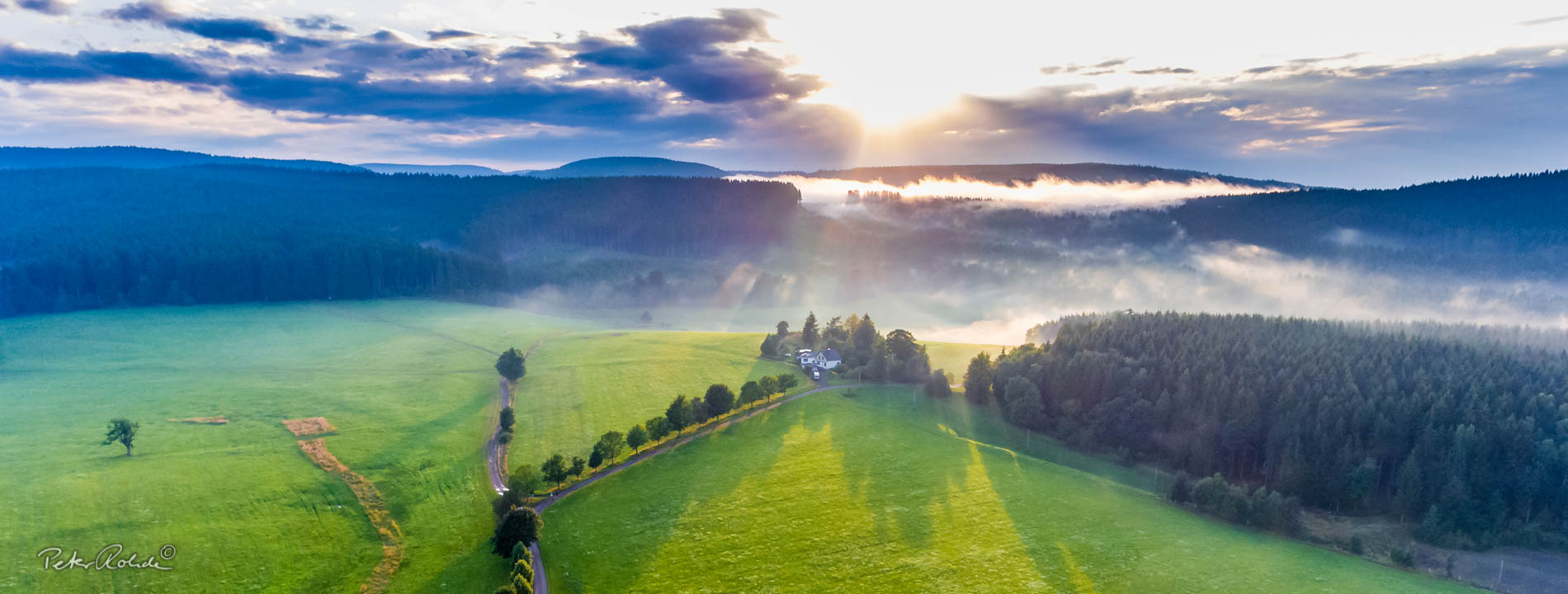

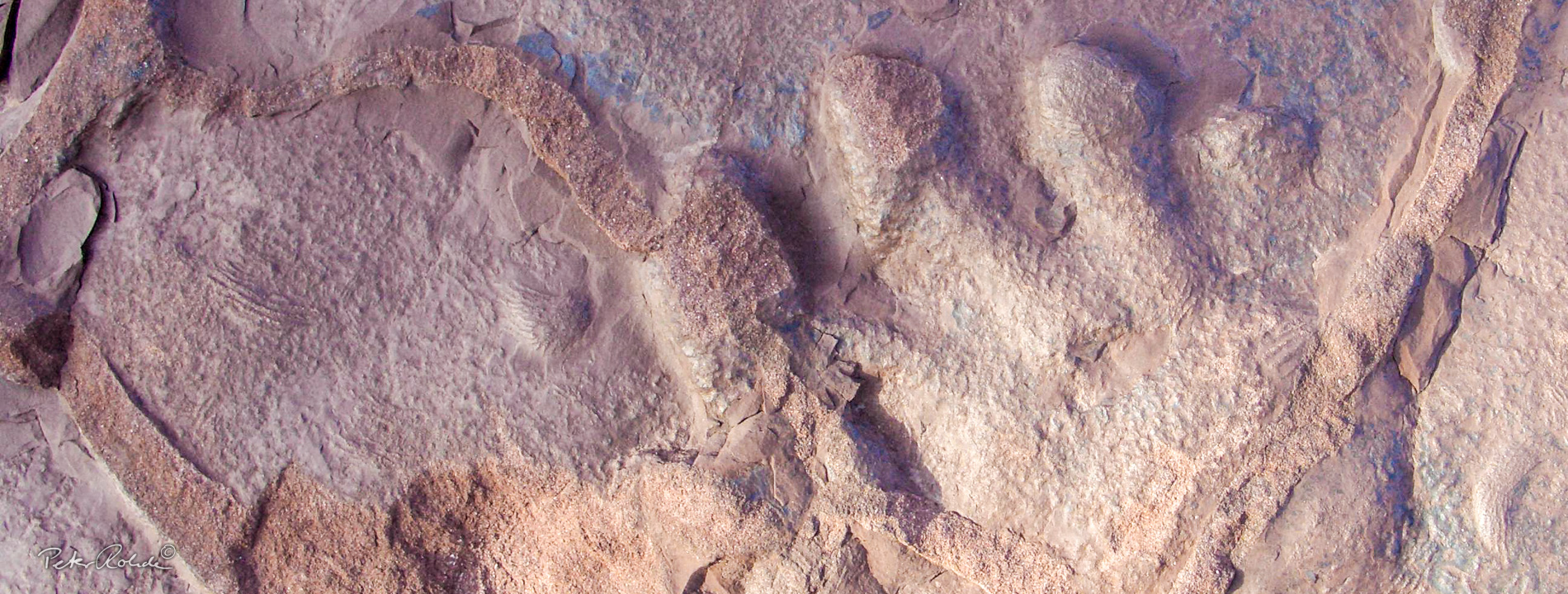


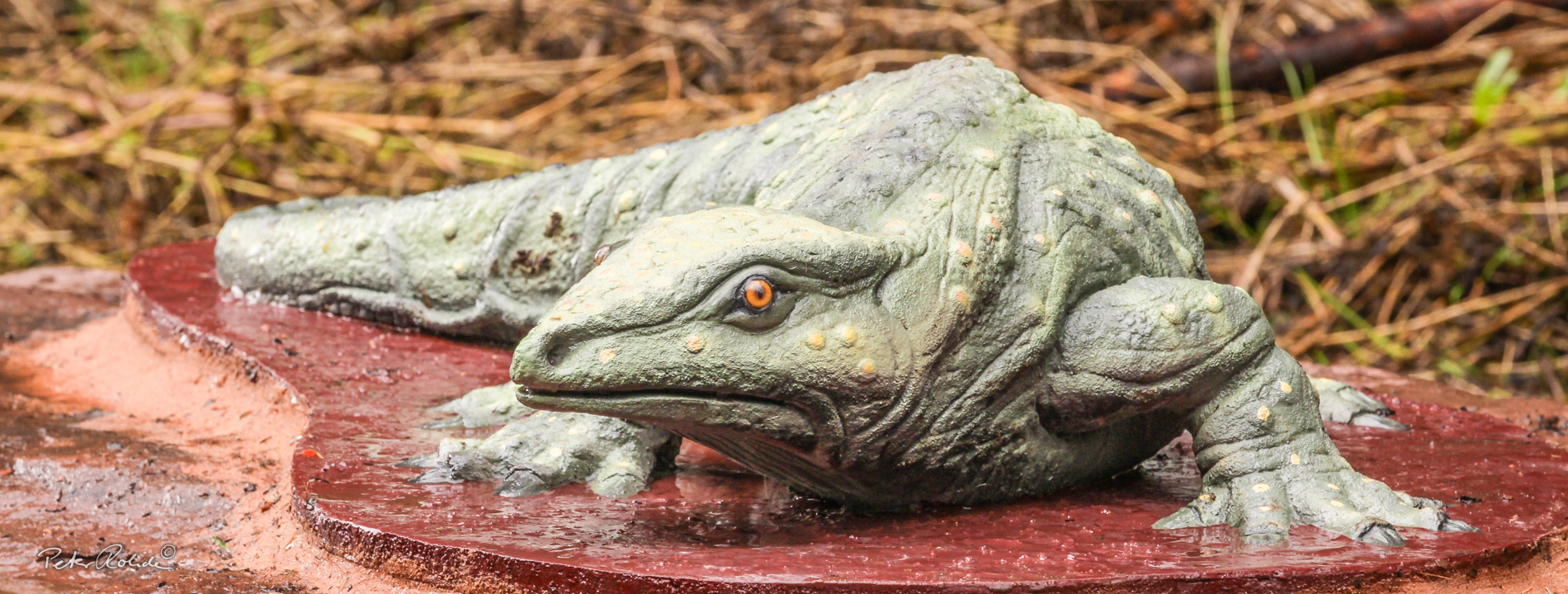
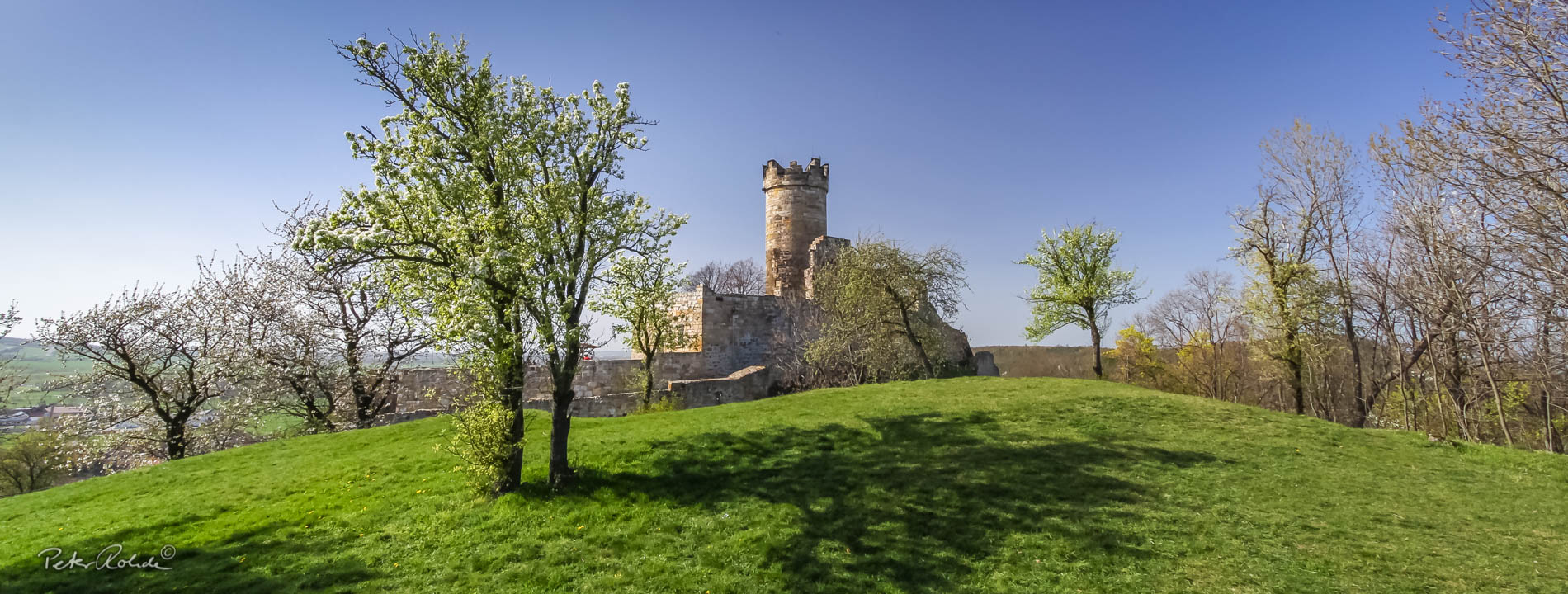

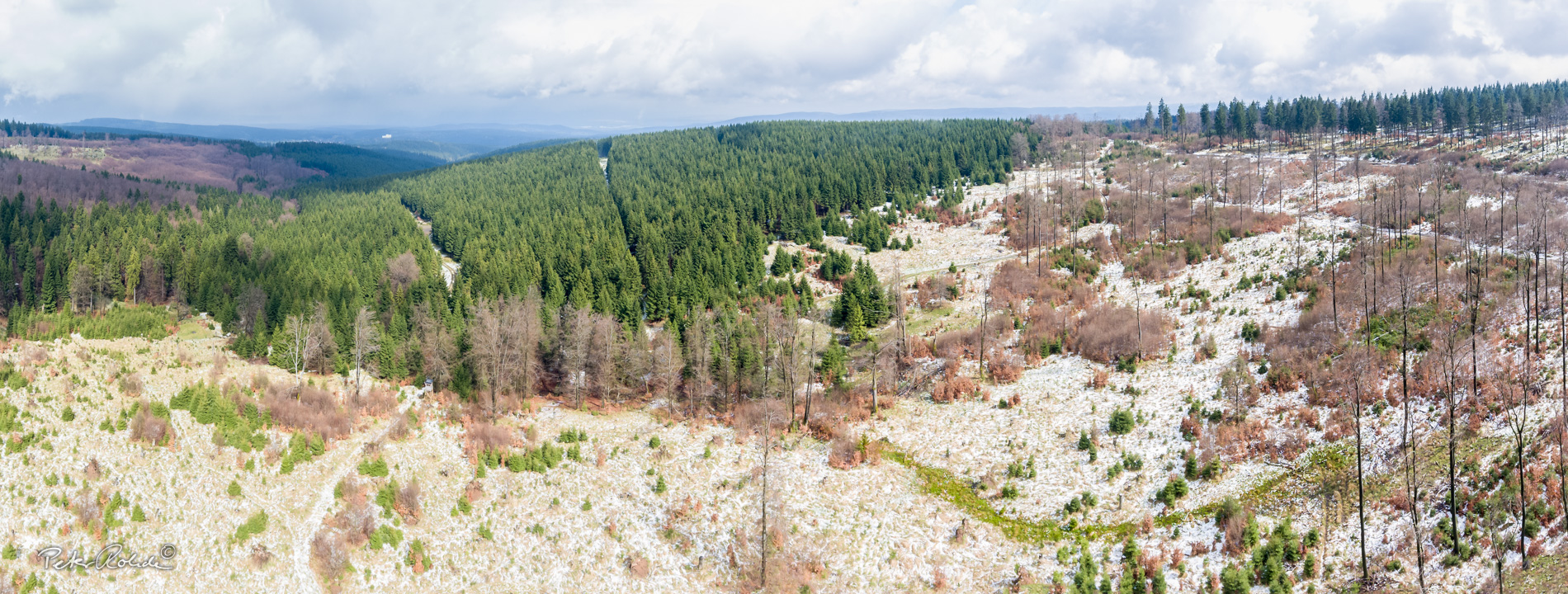









Badlands beneath Wachsenburg Castle and Castle Gleichen
The Thuringian Basin is a depression covering an area of about 2.700 km2. Geologically the basin is a more or less concentric scarpland comprising rocks of the Germanic Trias Group (Buntsandstein, Muschelkalk and Keuper). The older rocks are exposed along the outermost edge while younger rocks are found in the centre of the structure.
The Thuringian Basin is crossed by northwest-southeast trending fault zones. The Drei-Gleichen region is traversed by the so-called Eichenberg-Gotha-Saalfeld Fault Zone, which appears as a rift ("Wachsenburg Rift"). One interesting morphological aspect of this rift structure is the inversion of the landscape relief. This means that the inner, downfaulted part of the rift (called a graben) forms the current elevations in the landscape (Wachsenburg, 420 m above sea level). This relief inversion is caused by the extremely resistance of the Rätsandstein (Upper Keuper / Upper Triassic) to weathering. This rock protects the tops of the castle hills and the plateau of the Seeberg northwest of the group of castles.
The resistant sandstone caps of the hills are associated with another special feature. They have protected the very soft marl deposits under the sandstone from erosion. On the south-facing slopes of the castle hills, this sequence of marls ("Steinmergelkeuper“) forms the near barren slopes of the so-called Badlands. These are the most significant occurrences of this type of terrain in Germany and are protected geotopes and conservation areas.
The Thuringian Basin is a classic region for Triassic stratigraphy, especially of the Keuper (Upper Triassic). The 135 m thick "Steinmergelkeuper“ sequence is perfectly exposed. In the new formation classification of the Keuper (DSK 2005) this sequence is now defined as the "Arnstadt-Formation“. The type profile for this sequence, which is ubiquitous in the Central European Keuper Basin, is located in the badlands beneath castles Wachsenburg and Gleichen
The Arnstadt-Formation is around 215 million years old and contains some of the oldest saurians in Europe. The next years will see the continuation of a palaeontological excavation, which began in 2018.


